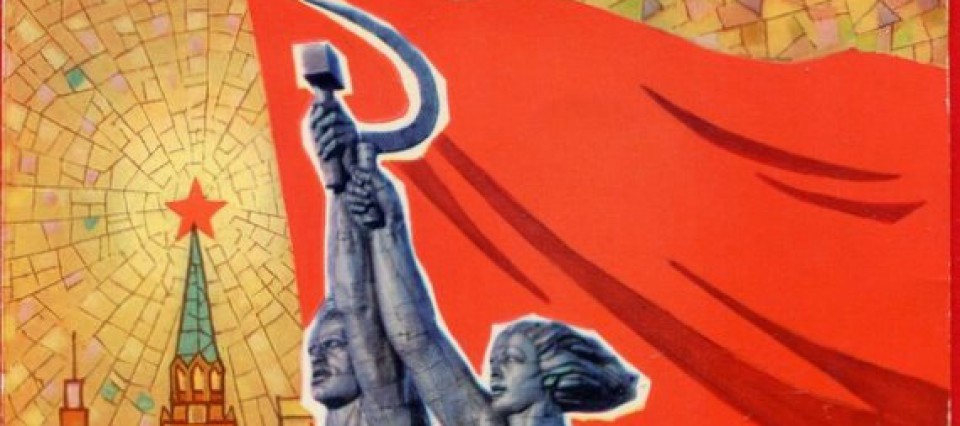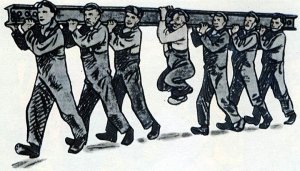Tags

During the late 1950’s and into the 1960’s, the Soviet Union was not only concerned with its conflict in the West, but also with its neighbors to its South-East. The imperialist Chinese and Soviets began butting heads. Many political figures regarded the Chinese as descendants of the Mongol hordes and feared a second invasion. Along with their fears, the Chinese were negotiating immigration policies with the Americans, which led to the 1965 Immigration Act. The increase in tension between both Chinese and Russian translated to confrontation along the southern Sino-Soviet border.
The initial tensions began in the late 1950’s. Khrushchev had been lending Mao assistance in development of nuclear weapons in 1954. Mao had also helped Khrushchev maintain leadership during an attempted coup. However, when the People’s Republic of China (PRC) did not hand over a captured American Sidewinder missile in 1958 and Khrushchev’s leadership now secure, the Soviets decided not to send an Atomic weapon model to the Chinese. Mao, infuriated with the lack of support, deemed the Soviets as weak communists, splitting the communists into pro-Soviets and pro-Chinese.

Tensions continued to rise when in 1967 the Soviets claimed the Chinese illegally detained the Soviet steamship, Svirsk, and captured the captain. The conflict between the two entities finally reached a breaking point in 1969 when regular army forces clashed over Damanskii Island (Chenpao Island to the Chinese). Further clashes occured along the Xinjiang-Kirghiz border. It is unknown why Mao pressed for continued conflict during his cultural revolution but by October of 1969 the Soviets and Chinese agreed to reopen negations regarding the border disputes.

Although, the dispute between both parties led to few casualties, it still showed that the communism globally were not in universal agreement and unification.
Sources:
“CHINESE AUTHORITIES CONTINUE PROVOCATIONS.” The Current Digest of the Russian Press [Minneapolis] 30 Aug. 1967, Vol. 19 ed., No. 32 sec.: 13. The Current Digest of the Russian Press. Web. 17 Nov. 2015.
“The Chinese Border Images.” Seventeen Moments in Soviet History. N.p., 05 Aug. 2015. Web. 17 Nov. 2015.
“The Chinese Border.” Seventeen Moments in Soviet History. N.p., 22 June 2015. Web. 17 Nov. 2015.
“Origins of the 1965 Immigration Act.” The 1965 Immigration Act : Asian-Nation. N.p., n.d. Web. 17 Nov. 2015.
Click to access soviet_policies_twrds_chinas_nuclear_weapons_prgm_1.pdf
















